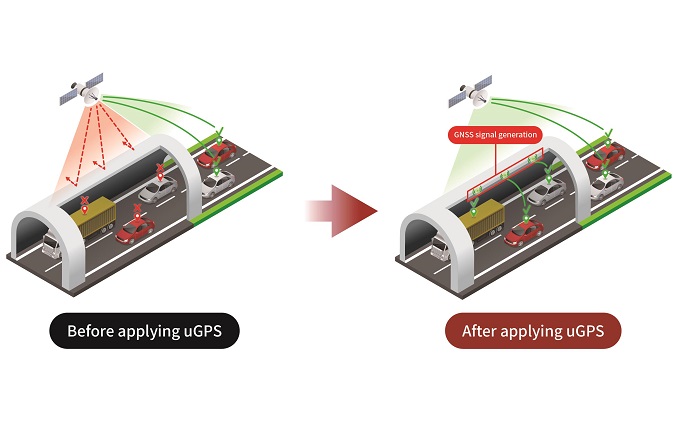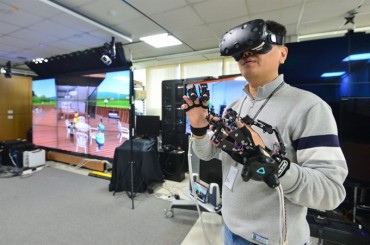SEOUL, April 26 (Korea Bizwire) — When driving on a long underground expressway like the Gangnam Beltway in southern Seoul, many drivers see that the GPS-powered map on their smartphones or cars does not work well.
As the GPS navigation system is unable to track the real-time location of the vehicle, the driver cannot get information about the direction, traffic and speed.
Such GPS blind spots are also found inside large buildings, underground shopping complexes, parking lots and subway stations.
Ryoo Jihoon, founder of the South Korean startup idciti launched in 2020, said the GPS reception failure is because of the relatively weak radio waves from GPS satellites that cannot penetrate through dense earth or concrete walls.
He said these GPS dead zones will be a huge threat to autonomous-driving vehicles, which fully depend on the GPS system, in the future, when there will be many skyscrapers, as well as underground malls and roads.
“Many countries are carrying out urban renewals and building underground expressways and railways in the middle of the cities,” he said in an interview with Yonhap News Agency.
“In such subterranean environments, an indoor positioning system (IPS) will be more important.”
Many techniques and devices have been used to provide indoor positioning data, and several commercial systems are available on the market, but there are no standards for an IPS yet.
Ryoo said his company has invented a uGPS solution that creates artificial GPS signals through calculating a reasonably accurate location when all satellite signals are lost.
It is based on the software defined radio (SDR) board to sophisticatedly control GPS waves from outside and generate new synchronized GPS signals.
A device with idciti’s uGPS software, installed on the wall of a tunnel every 150 meters, sends proper GPS signals to GPS receivers in cars or smartphones when inside tunnels or buildings.
To check the availability and effectiveness of its software, idciti joined hands with the Seoul metropolitan government to conduct test runs at the Namsan 1st Tunnel in central Seoul for about a year and collected massive empirical data.
After a separate test project with the state-run Korea Expressway Corp., idciti has signed a deal with the corporation for the installation of its uGPS in local tunnels nationwide.
“Our software makes GPS work inside tunnels and helps the cars identify their exact location and respond to possible accidents ahead,” said Ryoo, who teaches computer science at the State University of New York, Korea.
“For self-driving cars, our program makes the precise data on their location available in GPS dead zones.”
The software has also been employed in an underground parking lot of the Incheon Startup Park building in Incheon, 27 kilometers west of Seoul, helping drivers use GPS data to park.
“Our system does not require smartphone users or car GPS map users to download additional software or buy a new device,” he said. “It sends standard GPS signals, and their devices work as they normally do outside tunnels.”
He expected demand for the uGPS software to grow further at home and abroad as many advanced countries in the world have launched smart city projects that connect cities to the Internet of Things network.
“We’ve got orders from Hong Kong and the United States, although we’re not ready for overseas sales,” he said. “We are now working on upgrading our software for foreign customers. We have a long-term project to go abroad.”
(Yonhap)








